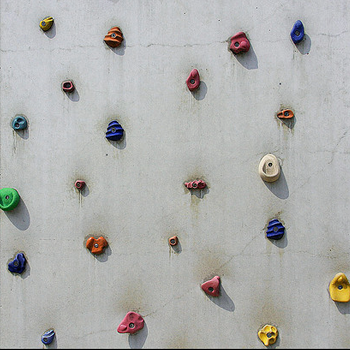Question #cdf3b
3 Answers
Explanation:
Every time you're looking for a solution's molality, you are looking for the number of moles of solute present for every
Your first step here will be to convert the number of grams of glucose to moles by using the compound's molar mass
#0.9813 color(red)(cancel(color(black)("g"))) * "1 mole glucose"/(180.156 color(red)(cancel(color(black)("g")))) = "0.005447 moles glucose"#
Next, convert the mass of water to kilograms
#8.9547 color(red)(cancel(color(black)("g"))) * "1 kg"/(10^3color(red)(cancel(color(black)("g")))) = "0.0089547 kg"#
Now, use the known composition of the solution--remember, solutions are homogeneous mixtures, which implies that they have the same composition throughout--to calculate the number of moles of glucose present in
#1 color(red)(cancel(color(black)("kg water"))) * "0.005447 moles glucose"/(0.0089547 color(red)(cancel(color(black)("kg water")))) = "0.6083 moles glucose"#
Therefore, you can say that this solution has a molality of
#color(darkgreen)(ul(color(black)("molality = 0.6083 mol kg"^(-1))))#
The answer is rounded to four sig figs, the number of sig figs you have for the mass of glucose.
Explanation:
Molality is defined as
The
We take our mass in grams and convert it to moles, but first, we need to find the molar mass of glucose
Then we convert our
Solve
The molality of the glucose solution is
Explanation:
Molality
The solute is glucose, and the solvent is water.
Step 1: Convert the given mass of glucose into moles of glucose by multiplying by the reciprocal of its molar mass.
Molar mass glucose=180.156 g/mol
https://www.ncbi.nlm.nih.gov/pccompound?term=glucose
Step 2: Convert the mass of water from grams to kilogram:
Step 3: Calculate molality of the solution using the equation at the top.



